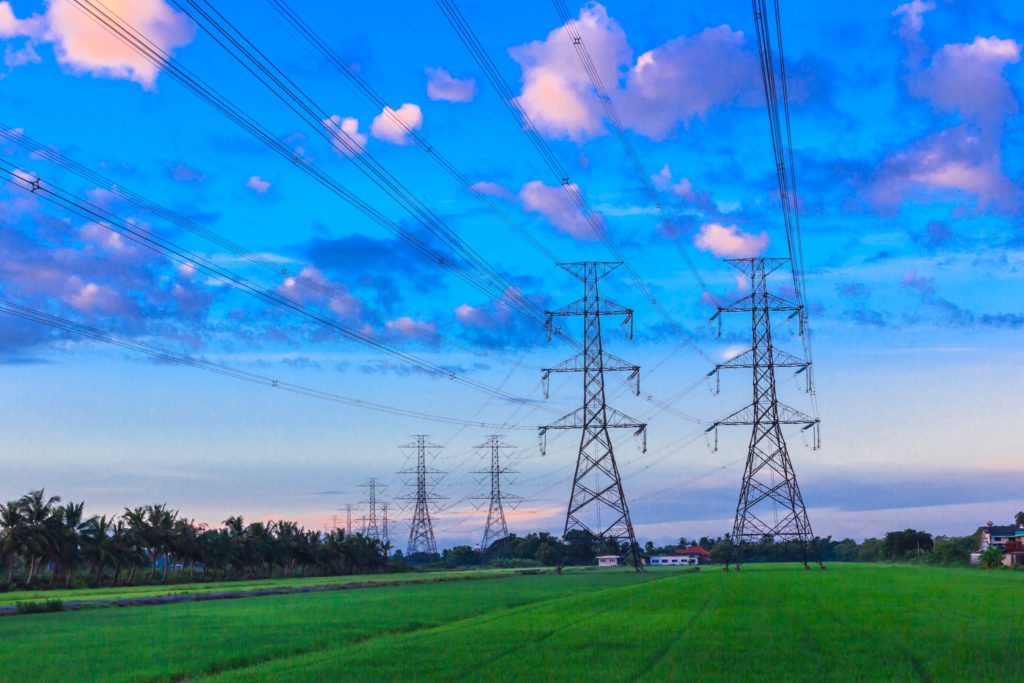Are Electric Vehicles a Threat to the Texas Electrical Grid?
As an example, consider a recent study by Wood Mackenzie that looked at (among other things) the effect of EVs on the Texas electrical grid. The study found that 60,000 EVs charging simultaneously would draw 70 gigawatts of power, equal to the current peak electrical-demand for the ERCOT* region of Texas. Since 60,000 vehicles would represent only around a quarter of a percent of Texas’ current 24 million-vehicle fleet, some have taken the study to mean that large-scale EV deployment is incompatible with a stable grid.
That conclusion, however, is mistaken. For one thing, the Wood Mackenzie study assumes each EV’s 100-kilowatt battery can be fully charged in five minutes. Currently, a battery that size takes significantly longer to charge. And while average charging time is expected to decrease in the coming years, the less time it takes an EV to charge, the less likely it will be that EVs will all be charging at the same time. By analogy, if every owner of a gasoline vehicle tried to refuel at the same time, the result would be massive gas lines and shortages. Yet in reality, this typically doesn’t happen because markets are able to encourage more rational fueling patterns. In the same way, electricity markets send the right pricing signals to avoid charging during times of high system-stress (high prices) and shift charging to lower-demand periods (low prices). For example, EVs tend to be charged at night, where there is currently plenty of surplus electrical supply.
More importantly, assuming that a growth in EVs would imperil the electric grid overlooks the dynamic nature of the market. In Texas, electricity is deregulated, meaning that decisions about how much generation to build are made by the private sector. If demand for electricity is expected to increase due to EVs, generators will respond by building additional capacity to meet that demand. Markets have proven themselves quite capable of dealing with substantial changes in demand and generation mix, and there is no reason to think that increased demand from EVs would be radically different.
Nor does the fact that EVs receive government subsidies (as bad as they are) fundamentally change this equation. Subsidies for EVs mean that the effective consumer price of EVs is lower, which results in more purchases than would occur without the subsidy (although, given the high price-point of many EVs, the effect here is less than you might think). But a lower price for EVs could just as easily come through some private-sector breakthrough. If markets are capable of integrating demand from lower-priced EVs, then they can do so regardless of whether those lower prices are driven by technological improvements or by subsidies.
While opposing subsidies is good, we should not let this distract us from the adaptability of markets overall. Texas has a robust, competitive electricity system, and as long as this system is maintained, it is more than capable of dealing with growth in electric demand from EVs.
*ERCOT (the Electric Reliability Council of Texas) manages the grid for the Texas Interconnection, which represents approximately 85 percent of the state’s total electric load.






